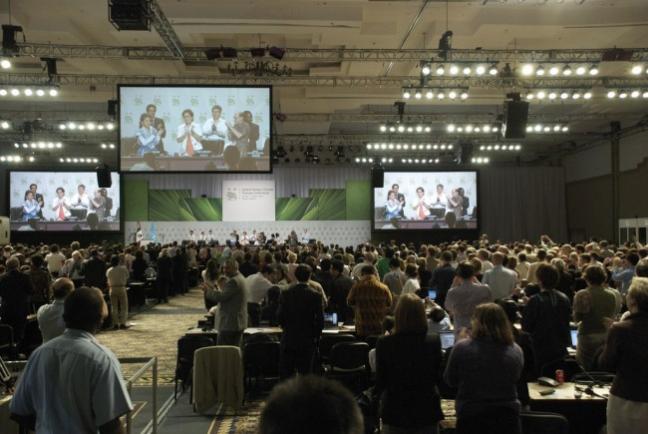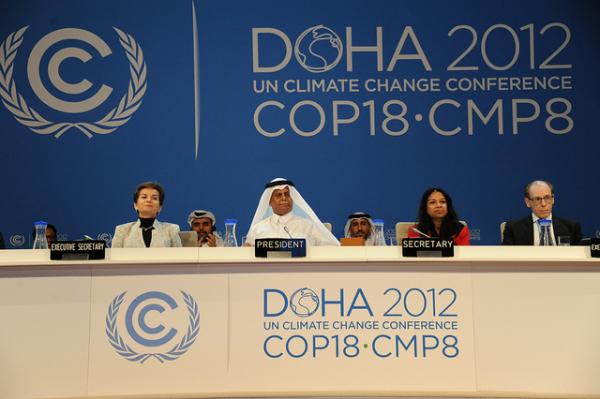In this lesson, we've learned about climate and energy policy at all scales of government, from local municipalities to intergovernmental panels. Climate change is unlike many other environmental challenges, in that it is a global issue. So, while we can all work separately to achieve reductions in greenhouse gases locally, we can't fully address the problem without global cooperation.
Global cooperation on anything is a challenge in itself. Integrating the disparate interests, intentions, and abilities of all the world's nations and finding a path forward is daunting to even consider. As the Kyoto Protocol experience illustrated, we really need to all be in this together. Will climate change be the ultimate tragedy of the commons? Will some countries recognize the economic potential of developing large-scale renewable energy technologies and out-compete us on the global stage? Will the US rise to the challenge of addressing climate change while managing a weak economy and public misunderstanding of the issue? These are not questions we can answer easily in one lesson or one course. But these will be the types of questions you may find yourself working on as an ESP graduate or any field that deals with climate/energy policy.
Yearly Meetings of the IPCC
Each year since 1995 the UNFCCC's Conference of the Parties (COP) gathers to discuss a global response to climate change - both in terms of mitigating future climate change through emissions reductions and adapting to the change we're already committed to experiencing thanks to present and past emissions. (COP 1 was in Berlin, Germany in 1995.) For many years, it seemed that the venue was the only thing that really changed at the annual climate talks. Until Paris.
Paris 2015: The year we finally did something.
At the COP 21 in Paris in late 2015, participating countries signed a landmark agreement to contain global average temperature warming to less than 2 degrees Celsius (with an ultimate goal of keeping it much closer to 1.5 degrees). Unlike the framework used to develop the Kyoto commitments 20 years ago, one of the most important developments which led to the success of getting 195 countries in agreement in Paris was to focus less on this developed vs. developing country designation for responsibility for reducing emissions. Instead, many of the largest emitting developing countries (like China and India) have come together to acknowledge the role they, too, must play in reducing global emissions. The agreement acknowledges that developed countries must take the lead in reducing emissions, but it does not absolve developing countries of setting and meeting targets. You can read the entirety of the Paris Agreement on the UNFCCC website. And while the Trump Administration withdrew the US from the Agreement, the rest of the world marched boldly on - recognizing the gravity and urgency of the climate crisis we collectively face - until the Biden Administration entered the U.S. back in on his first day in office, 20 January 2021. Until the Biden Admiinstration signed on, the US was the only country to not be party to the Agreement, after the other remaining holdouts - Nicaragua and Syria - had signed on a few years prior.
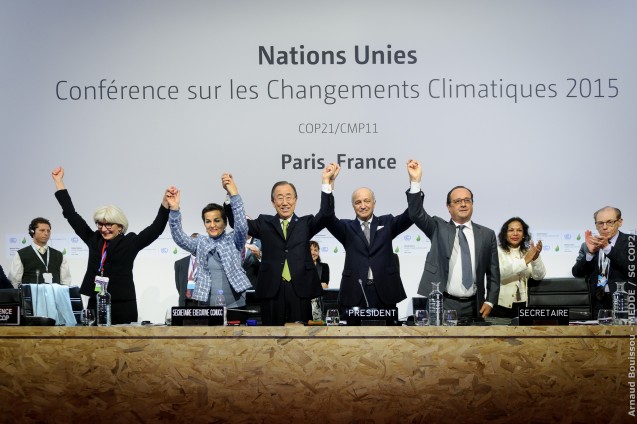
COP 27 - Sharm-el Sheikh
One of the important outcomes of COP 27 was the establishment of the Loss and Damage Fund, which "allocates money to assist low and middle-income countries respond to climate disasters" according to Reuturs. There was also some movement on limiting or eliminating the use of coal. Reuters provides a good summary here.
COP 26 - Glasgow
Some important agreements were made in Glasgow in 2020. This includes the Glasgow Pact, which - though not containing any binding requirements - recognizes the importance of immediate and sustained action in a number of ways, including providing funding for mitigation and adapation, as well as moving away from fossil fuels. See a summary of agreements and deficiencies here, from the UN.
COP 25 - Madrid
COP 26 in Madrid, Spain was a mixed bag of successes and failures to reach agreement. See a summary from Carbon Brief here.
COP 24 - The Kawotice Rulebook
Learn more about the outcomes of the COP meeting in December 2018. Despite the US plans to withdrawal formally from the Paris Agreement, the rest of the world remains committed to achieving the Paris Agreement goals.
Past COP Meetings Leading to the 2015 Paris Agreement
Lima 2014
Lima set the stage for the success of the Paris talks. The Lima Call for Climate Action laid the foundation for the idea that the agreements reached in Paris would be binding for both developed and developing countries. Nothing agreed upon in Lima really had any strong enforcement behind it, it was merely a stepping stone for what was expected to come in Paris the following year.
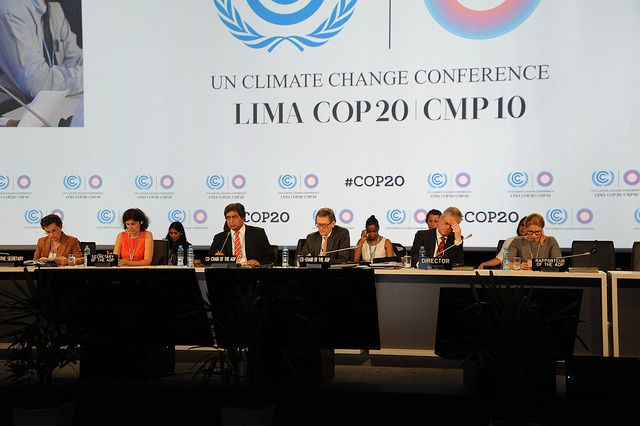
Warsaw 2013
Participants have agreed to stay on track to adopt a new 'universal climate agreement' in 2015 which will be implemented no later than 2020. In preparation for this, countries have been instructed to begin working on logistics at home in advance of the next COP in Peru so that everything will be set by 2015 in Paris. Another big outcome of this meeting was the decision to increase funding for vulnerable countries experiencing damages and hardships from severe weather events and rising sea levels.
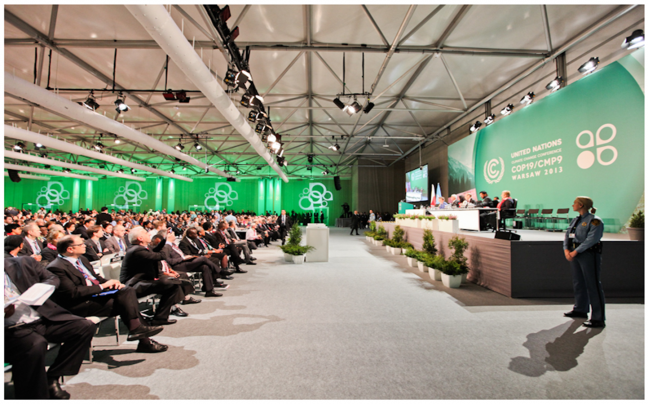
Doha 2012
Like many of the meetings before it, a primary point of debate for this series of talks is the developing and developed country classifications for the purpose of emission reduction and adaption funding responsibility. Near the end of the meeting, participating countries did finally adopt the agenda of the Durban Platform.
Durban 2011
The most significant development to come out of this Conference of Parties was the Durban Platform. For the first time in global climate negotiations, this document sets for binding targets for all parties. This is a significant deviation from earlier agreements and incremental progress that has focused primarily on the developed/developing country divide.
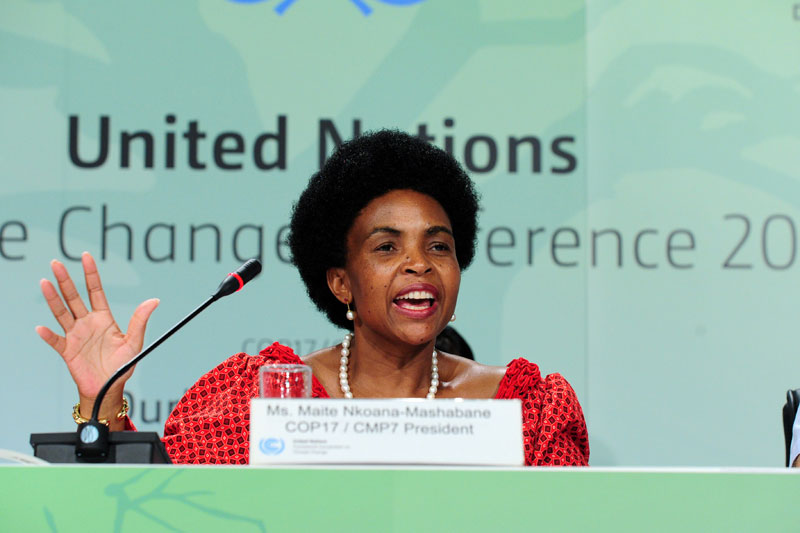
Cancun 2010
This meeting followed the disappointments of the 2009 Copenhagen meeting as member countries left without making any real, solid progress on post-Kyoto plans for global reductions in emissions. The hopes for Copenhagen had been high - the US had a sitting president (Obama) who expressed interest in the importance of climate legislation, and had the Congressional backing to do so. But, the high hopes of Copenhagen were eventually met with disappointment, as that meeting failed to produce a binding climate deal. (Read about what went wrong at Copenhagen). Therefore, expectations going into the Cancun negotiations were much more measured and conservative. This means that they did not tackle some of the broad, contentious issues that have held up previous meetings, but instead focused on some important, more narrowly defined issues.
Some outcomes of the Cancun Climate Negotiations include:
- stricter and more detailed reporting guidelines for measuring, reporting, and verifying greenhouse gas emission mitigation efforts;
- $30 billion in aid through 2012 (called 'fast-start' funding) and eventually $100 billion in public/private funding annually by 2020 for mitigation efforts;
- developing national strategies to reduce emissions from deforestation and forest degradation (known as REDD).
